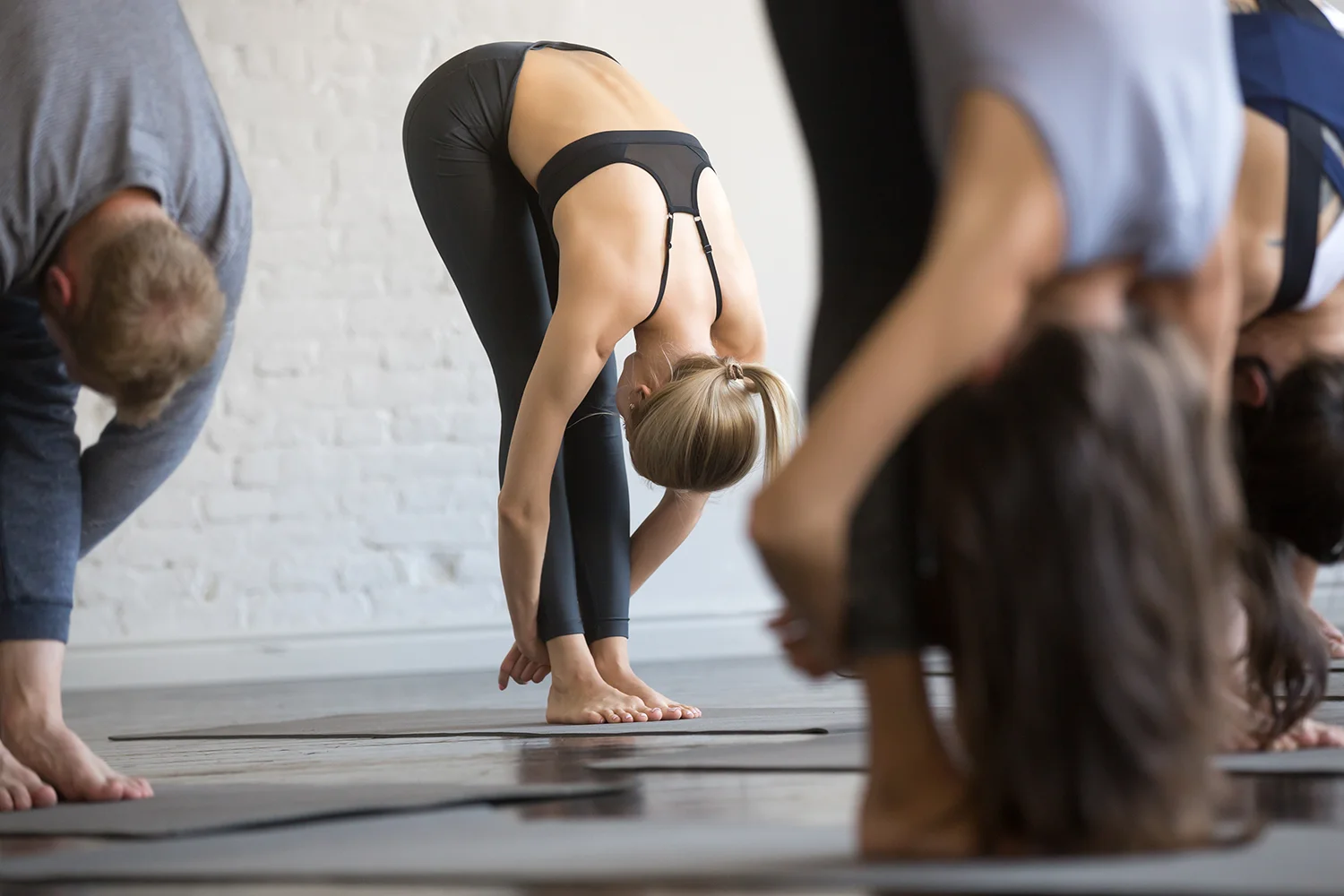What is Dhyana?
What is Dhyana?
This article is part of a series exploring ashtanga yoga, or the eight-limbed path. You can check out previous articles on the sixth limb, Dharana, the fifth limb, Pratyahara, the fourth limb, Pranayama, and the third limb, Asana, as well as the articles exploring the yamas (Ahimsa, Satya, Asteya, Brahmacharya, and Aparigraha) and niyamas (Saucha, Santosha, Tapas, Svadhyaya, and Ishvara Pranidhana) for more background.
Dhyana is the seventh limb of the eight-limbed path as defined by Patanjali, who compiled the Yoga Sutras. Dharana means “meditation” or “absorption”; you can also think about it as “uninterrupted focus.”
Beginning with the fifth limb, Pratyahara, the rest of the eight limbs are about training the mind. Pratyahara was about withdrawing the senses from the constant barrage of stimulation in the modern world. Once that skill is refined and you are able to ignore external stimuli, then you can move onto Dharana, which was the practice of concentration on one single thing. Dhyana is beyond practice; you have achieved Dhyana when you have completely uninterrupted, ongoing concentration on the object of your meditation.
Haven’t we already talked about meditation?
Meditation is used fairly loosely to define different practices and states of being. Some describe yoga as a moving meditation; some describe meditation as sitting in a position like lotus and having a specific focus; and others describe meditating “on” a problem or issue. The important thing is that none of them are wrong. If you think about meditation as “concentration,” then the physical form you bring to it and the object of your concentration can be personal to you. Dhyana is simply a level of meditation where your concentration is absolute.
You have probably accidentally achieved Dhyana in the past; anytime you feel “in the zone” or completely wrapped up in what you’re doing, you’re experiencing Dhyana. In this state, you will not notice the passage of time – all of a sudden, hours will have gone by – and outside thoughts do not have the opportunity to intrude. Often, any physical discomfort that typically lives in your awareness will also disappear because your focus is so wrapped up in your object of focus. Those who may experience this more often include athletes and artists, or anyone else who is dedicated to practicing and perfecting a skill.
Sounds simple enough.
There are two more layers of complexity to add to the practice of Dhyana. The first is the goal of understanding and merging with the object of meditation. When you are fully immersed in focus on an object, be it your breath, a candle flame, a task, or an image, the barrier between you and your object of attention begins to blur. You, as the observer, begin to become one and the same with what you are observing.
The larger purpose of achieving Dhyana is to take another step towards Samadhi, or complete identification with the Divine, the Universe, or however you like to imagine something that is larger than yourself. This idea leads us to the second layer of complexity for Dhyana: there is a traditional belief that your object of meditation should always a Divine figure. In this way, as you begin to merge and identify with your object of meditation, you begin to understand that there is no barrier between yourself and the Universe (go back to the post on Ishvara Pranidhana for a bit more about relationship with Deity).
A state of Dhyana cannot come about through force; it is only through practicing the previous six limbs that you can potentially and regularly achieve a state of deep concentration. Give yourself time and be kind to yourself!


